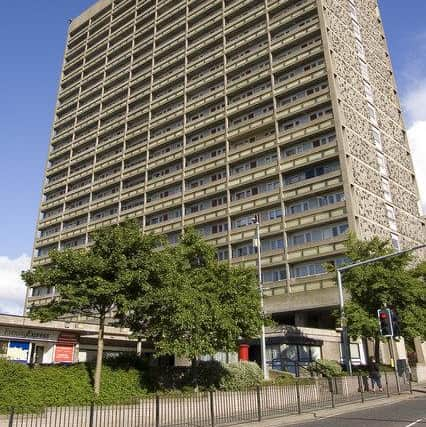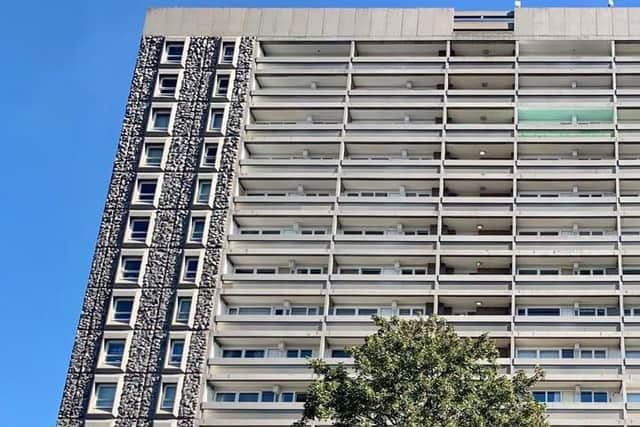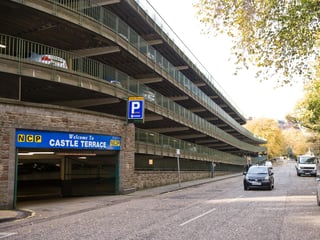Eight Aberdeen post-war high rises awarded Category A listed status
Historic Environment Scotland (HES) has granted the highest level of protection to the eight high rise blocks on account of their “outstanding architectural and historic interest”.
The heritage body has designated Gilcomstoun Land, Porthill Court, Seamount Court, Virginia Court, Marischal Court, Thistle Court, Hutcheon Court, and Greig Court in the city centre, at Category A, meaning they are of outstanding importance to the country.
Advertisement
Hide AdAdvertisement
Hide AdThe decision to list the 1960s tower blocks, which used granite in their construction in keeping with Aberdeen’s famous Granity City status, follows lengthy consultation with residents, local stakeholders and members of the public.
Officials say the eight high rises help tell the story of post-war Scotland and how Aberdeen was earmarked by the UK Government for “significant economic growth” and a new era of civic regeneration.
Elizabeth McCrone, Head of Designations at HES, said: “The Aberdeen flats tell us much about how the city and its architects responded to the challenges of housing large amounts of people in the city centre during the 1960s - a time of relative prosperity, low unemployment and optimism for the future.
“By designating and building these flats the Aberdeen City Architects Department were at the cutting edge of new thinking about town planning and housing. These buildings were very carefully designed and used superior materials to many of the less-successful types of multi-storey housing of this era which have now been demolished.


“Listing doesn’t mean that a structure has to stay the same forever or remain in its original use. Rather, it means that there is a special interest that should be taken into account in the planning process.
“Exceptional architecture has always been built in Scotland and the Aberdeen flats should be celebrated as a key part of our 20th century heritage, which help us understand the ambitions and aspirations of the city at that time.”
Professor Glendinning said: “I’m a great admirer of the Granite City, and these buildings fit into its fabric, both in material (using granite in their construction) and in how they’ve been built into the historic and modern urban pattern.
“In architectural terms, these buildings stand out because architecturally and socially, they are a continuation of the civic-mindedness and pride of previous generations of great Aberdonians. They are also a social success, which for me is just as important as the architectural interest.”


Advertisement
Hide AdAdvertisement
Hide AdThe eight Aberdeen high rises are the latest in a growing number of post-war concrete-built structures to be awarded protection by HES.
In 2017, HES designated Leith multi-storeys Cables Wynd House and Linksview House with the Category A rating due to their architectural significance and cultural importance.
Better known by its colloquial name the ‘banana flats’ because of its distinctive curved shape, Cables Wynd House was recognised as worth saving in part due to its association with Irvine Welsh’s Trainspotting.
More recently, in October 2019, the brutalist Castle Terrace car park in central Edinburgh received Category B status protection from the heritage body.
A message from the Editor:
Thank you for reading this article. We're more reliant on your support than ever as the shift in consumer habits brought about by coronavirus impacts our advertisers.
If you haven't already, please consider supporting our trusted, fact-checked journalism by taking out a digital subscription at https://www.scotsman.com/subscriptions.
Comments
Want to join the conversation? Please or to comment on this article.
